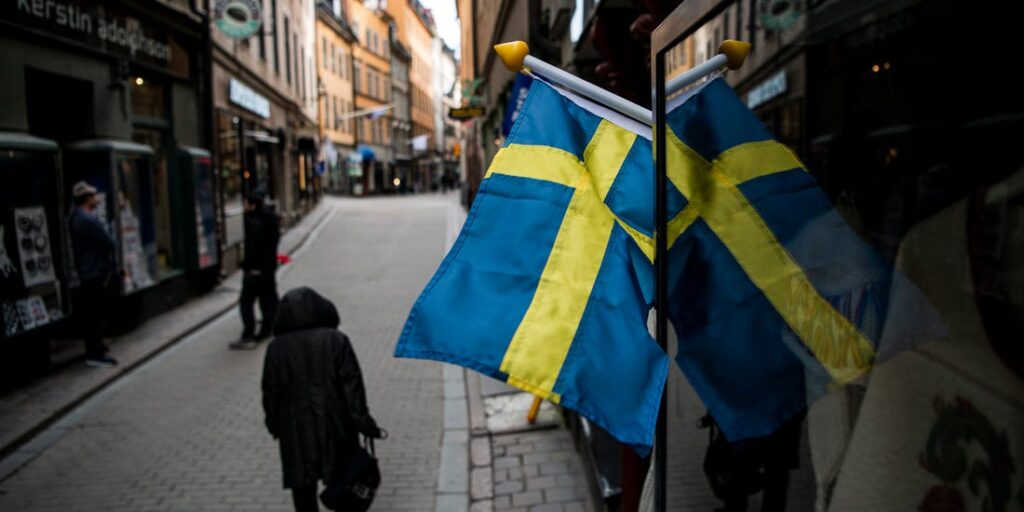Though I am not hearing anyone explicitly state so, with some US states starting to reopen for business, on a macro level, the US is moving to the Sweden model of dealing with the Covid-19 pandemic. Sweden never totally closed their country for business and never enacted a stay at home order. Instead, Sweden allowed businesses, including retail such as restaurants, cafes, and bars, to remain open at reduced capacity, and allowed their citizens to maintain “life as usual” with some restrictions. Thus, Sweden has so far avoided a lot of the economic pain and layoffs associated with the economic shutdown here in the US and most other developed countries.

Flatten the Curve
The purpose of the economic shutdown in the US was to “flatten the curve” of the rate of Covid-19 infection so as not to overwhelm our health care system. Part of the shutdown included postponing “elective” medical procedures including surgeries so as to free up hospital capacity for the projected flood of Covid patients.
The shutdown so far has achieved its purpose and then some. The flood of Covid patients has not yet materialized and the postponement of elective procedures has resulted in many empty hospital beds. In addition, it appears that “run of the mill” stroke and heart attack victims are not going to the hospital as admissions for those afflictions are down significantly. As a result, many hospitals, particularly those in rural areas, are suffering financially and are faced with layoffs of medical personnel.
The Sweden Curve
Sweden, on the other hand, decided that it would flatten its curve at a higher level. This meant accepting more Covid-related sickness and even deaths, but few enough such that it would not overwhelm their hospitals. They did so while at the same time trying to spread the misery around to the rest of its economy. The result? According to PolitiFact, Sweden’s Covid infection rate is about the same as neighboring Denmark and Norway, but its economy is still open, whereas Denmark and Norway are closed. Sweden’s pre-Covid unemployment rate of about 7% is projected to jump to 10% in 2020 – not good for those unemployed workers but not bad compared with US projections of 20% or higher unemployed.
States Re-Opening
Some US states are now starting to reopen with differing restrictions. Among the first restrictions to be lifted in many states are those on elective medical procedures. (“Elective” doesn’t mean the patient can choose not to have them. It just means the patient can select the date of the procedure.) That they are doing so doesn’t mean the Covid-19 threat is over; on the contrary, US Covid daily deaths are at their high point right now. Rather, it means that the medical systems in these states are able to take on the marginal Covid cases that the reopening will cause as well as to deal with “normal” medical business.
IMO
While it is not explicitly stated, the US, particularly some US states that are starting to reopen, are beginning to follow the Sweden model. We have flattened the curve a little too well, and so now we will attempt to flatten the curve at a little higher level if necessary so as to allow some people to get back to work while allowing citizens to have a more normal life. This means we citizens should take even more precautions now than before, especially if you don’t want to get sick with Covid-19. The stock market will like it that there will be an uptick in economic activity but won’t like it as Covid-19 infections and even deaths will continue to rise. My thought is that market volatility will remain high as all of these phenomena play out. Short-term volatility-based trading is a loser’s game, but a disciplined dollar cost average-based approach to buying into this volatility could be a good way to build your portfolio.
